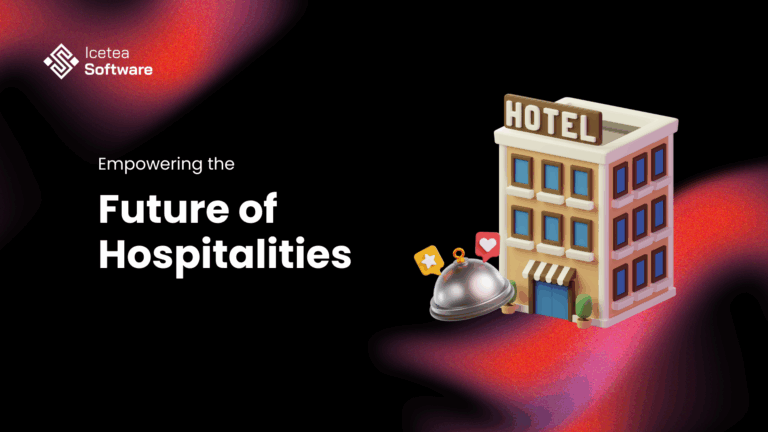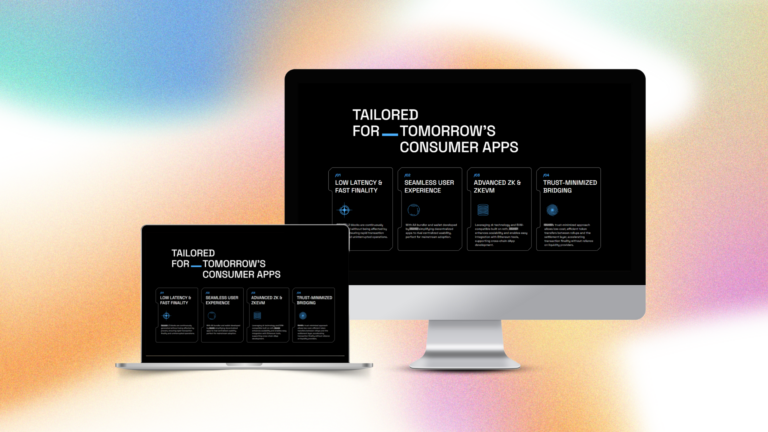Building an e-commerce platform powered by Cloud Infrastructure with Kubernetes and Linux
Overview Without a stable, automated tech foundation, e-commerce businesses often experience slower deployments and higher downtime — especially during critical peak shopping periods — leading to lost sales, frustrated customers, and declining brand trust. Icetea Software provides end-to-end solutions to overcome these hurdles by designing and deploying cloud-native infrastructure using Kubernetes and Linux best practices….
Overview
Without a stable, automated tech foundation, e-commerce businesses often experience slower deployments and higher downtime — especially during critical peak shopping periods — leading to lost sales, frustrated customers, and declining brand trust.
Icetea Software provides end-to-end solutions to overcome these hurdles by designing and deploying cloud-native infrastructure using Kubernetes and Linux best practices. Our experienced DevOps team helps businesses containerize applications, implement CI/CD pipelines, set up monitoring and logging systems. With us, organizations can accelerate digital transformation while maintaining performance and control.
Challenges
Flexibility and Architectures
Organizations struggle with monolithic systems—where applications are built as a single, tightly coupled codebase. These systems make scaling, updating, or deploying individual features extremely difficult, as any small change often requires redeploying the entire application. This lack of modularity slows down development cycles and limits the ability to respond quickly to market demands or user feedback.
Server Management
Managing infrastructure manually, especially across multiple environments, becomes increasingly burdensome as applications grow. Without Linux automation tools or orchestration, system administrators often rely on scripts or manual intervention to configure servers, deploy applications, or troubleshoot issues. This not only increases the risk of errors but also consumes valuable time and resources that could be directed toward innovation.
Scalability and Resource Utilization
Legacy infrastructure frequently lacks dynamic scalability, meaning organizations either over-provision resources—wasting money—or under-provision and suffer from performance issues during peak demand. In traditional setups, scaling usually involves spinning up entire virtual machines or servers, which is both time-consuming and expensive. Kubernetes, when combined with Linux, offers a far more efficient, automated way to scale containers up or down based on real-time demand.
Lack of Automation
Traditional deployment processes often require full application restarts, causing service interruptions that directly affect users. Without modern CI/CD pipelines or containerization, it’s difficult to deploy updates quickly, safely, and consistently. This lack of automation slows down development teams and increases the risk of bugs or inconsistencies in production environments.
Limited Observability and Recovery
Legacy systems often have fragmented or limited monitoring, making it hard to detect and resolve performance issues quickly. Logs are scattered, metrics are unclear, and there’s often no automated way to recover from failures. This reactive approach leads to longer downtimes and reduced reliability.
Solutions
Icetea Software created a cloud infrastructure using Linux-based servers and the Kubernetes container orchestration platform to solve the client’s issues and gain significant advantages in scalability, automation, and reliability. This approach is ideal for modern applications, especially those built with microservices, that require fast iteration, global scalability, and strong uptime.
Deployment and Scaling
The platform follows a microservices architecture using Node.js and Express.js, breaking core functionalities—like user authentication, cart management, and order processing—into independent services. These services are stateless and communicate asynchronously, allowing the system to handle high traffic and scale efficiently. To ensure consistency and isolation, each microservice is containerized with Docker, enabling smooth deployment across environments and improving fault tolerance.
Besides, deployment is managed on Amazon EC2 instances running Ubuntu, giving full control over runtime configurations. Docker containers are run directly on EC2, and Auto Scaling Groups (ASGs) adjust capacity based on traffic to maintain high availability and performance. The infrastructure is hosted in a secure Amazon VPC, separating private and public subnets to isolate internal services while using Elastic Load Balancers (ALB) to route traffic to appropriate services based on domain or URL path.
Database Enhancement
Data is managed using Amazon RDS for MySQL, which provides reliable, scalable relational data storage with high availability across multiple availability zones. Redis is used for caching frequently accessed data like product catalogs and user sessions, reducing latency and improving performance for end-users.
Static Asset Management
For data management, the platform uses Amazon RDS (MySQL) for relational data and Redis for fast in-memory caching of frequently accessed content like product catalogs and user sessions. Static assets such as images and user uploads are stored in Amazon S3, while CloudFront CDN caches content globally to reduce latency and improve page load times across regions. This setup enhances both backend efficiency and user-facing performance.
Observability, Security & Compliance
Monitoring is handled through Amazon CloudWatch, with custom metrics for application events and centralized logs via CloudWatch Logs. AWS X-Ray adds tracing across microservices, making it easier to identify performance issues or errors. Security is enforced using IAM roles and policies, SSL/TLS encryption through Amazon Certificate Manager, and AWS Shield to protect against DDoS attacks. These measures ensure the platform remains compliant, resilient, and trustworthy at scale.
Automation with GitHub Actions & CI/CD
To streamline development, the platform integrates GitHub Actions for continuous integration and deployment. Each commit triggers automated tests, linting, and the building of Docker images, which are then pushed to Amazon ECR. The deployment process—via SSH, Docker Compose, or custom scripts—ensures reliability and includes rollback mechanisms. Notifications are sent to Slack or email, keeping the team informed. This automation accelerates delivery while minimizing human error.
Results & Impact
The platform uses Docker containers managed by Kubernetes on AWS EC2 with Ubuntu, enabling automatic scaling and high uptime even during peak traffic or flash sales. CI/CD pipelines with GitHub Actions automate building and deploying updates, accelerating feature delivery and reducing risks.
Amazon CloudFront CDN and Redis caching boost global page load speeds, providing a seamless shopping experience for users worldwide. Security is reinforced with RBAC, SSL/TLS encryption, AWS Shield, and Multi-AZ Amazon RDS, ensuring data safety and high system availability. Running lightweight services on Linux and Docker reduces costs, improves modularity, and simplifies future upgrades.
About Icetea Software
Icetea Software is a leading technology company focused on building cutting-edge solutions in blockchain, artificial intelligence, and Web3. We specialize in developing decentralized applications and AI-powered innovations that are secure, scalable, and built for the future. With deep expertise in open-source and emerging technologies, we help businesses embrace the decentralized world with confidence.
Ready to modernize your operations? Connect with Icetea Software to discover how Cloud Infrastructure can simplify your workflows, boost efficiency, and ensure compliance at scale.





